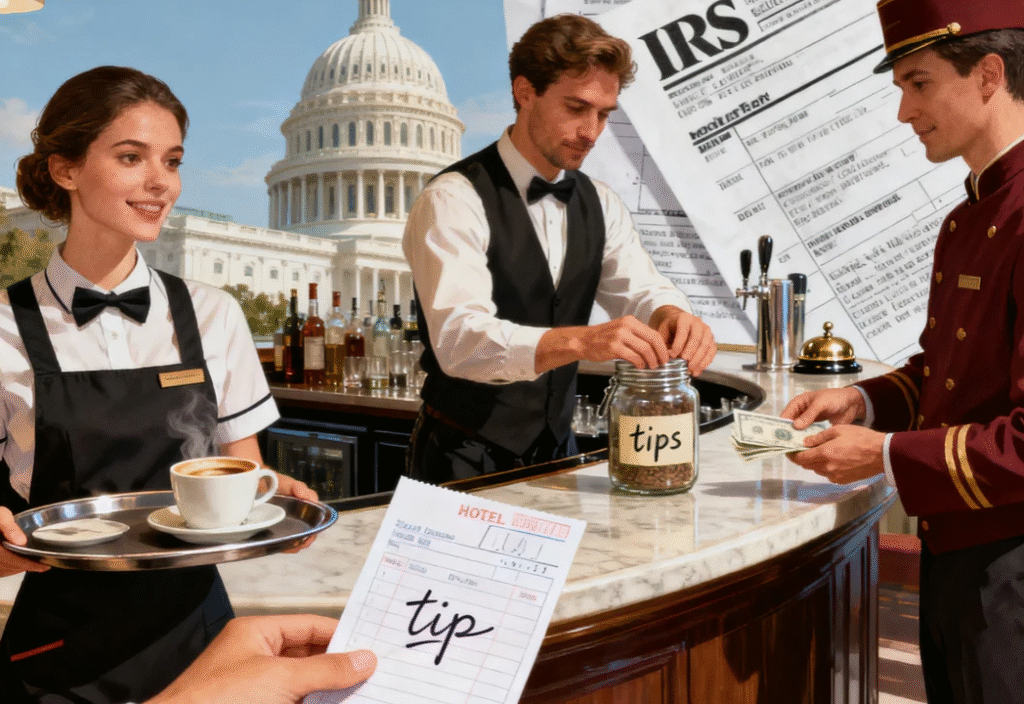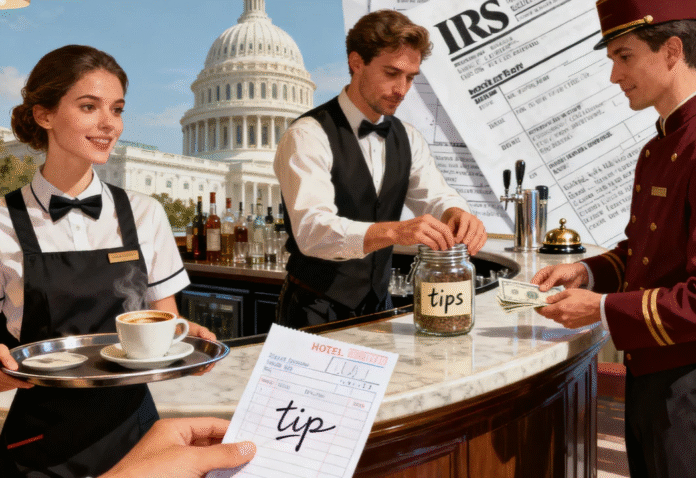The U.S. Treasury Department and the IRS on Friday rolled out proposed regulations that spell out how President Donald Trump’s newly enacted “no tax on tips” deduction will actually work.
The measure, part of Trump’s self-branded “big beautiful bill” signed in July, allows eligible workers to deduct up to $25,000 in qualified tips each year from 2025 through 2028. But the benefit phases out for higher earners once modified adjusted gross income tops $150,000.

Because the tax break applies to tips received in the current year, both workers and tax professionals have raised questions about who qualifies. Treasury and the IRS say these proposed rules are meant to clarify the details, with final regulations to follow after a public comment period.
Who earns tips — and who doesn’t qualify
As of late 2024, an estimated 4 million Americans worked in jobs where tips are a customary part of pay — about 2.5% of all U.S. employment, according to Yale’s Budget Lab.
Still, not every tipped job is covered. In August, Treasury listed 68 occupations that typically earn tips. But the proposed rules confirm that some roles — those considered “specified service trade or businesses” (SSTBs) — are excluded. That means workers in sectors such as health care, law, financial services, and the performing arts won’t be able to claim the deduction.
No break for “automatic gratuity”
Another key distinction: automatic service charges don’t count as tips. If a restaurant adds an 18% fixed fee for a large party, that payment is treated as a mandatory charge, not a voluntary tip — and therefore doesn’t qualify.
The $25,000 limit explained
The deduction is capped at $25,000 per tax return, not per taxpayer. That means married couples filing jointly share a single $25,000 limit. Couples who file separately aren’t eligible at all.
More guidance on the way
Officials acknowledged the complexity of the new rule during a Thursday press call, promising further explanations once the regulations are finalized.
For now, the bottom line is clear: while Trump’s “no tax on tips” measure could provide meaningful relief to millions of service workers, knowing exactly who qualifies — and how to claim it — will depend on the finer details still to come.
